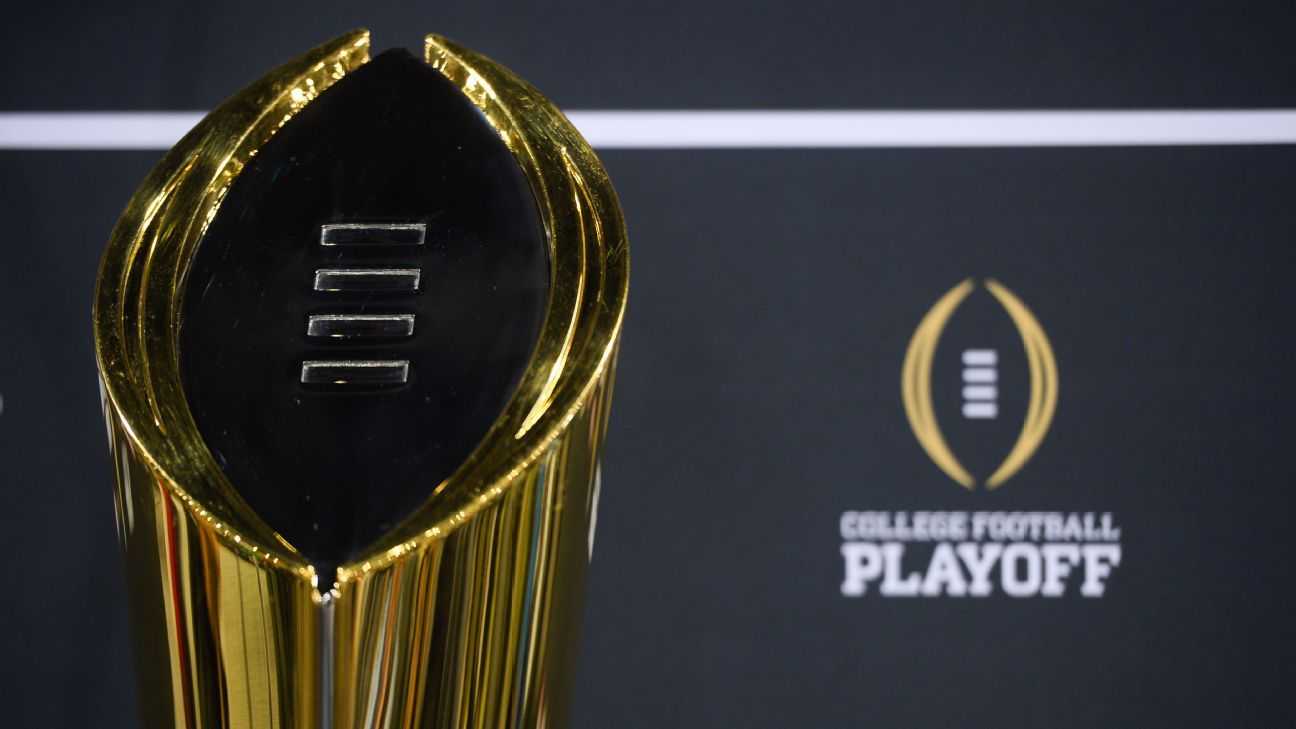The MLB listed the finalists for the American League Cy Young award as Justin Verlander, Gerrit Cole, & Charlie Morton. Of the three, Justin Verlander won the award. At face value, this might not seem like a bad choice. He beat Morton in ERA, and was within 0.08 of Cole in a few more innings pitched. If the Cy Young Award is theoretically given to the best pitcher every year, was Verlander really the *best*?
Let’s take a deeper look.
Wins Above Replacement:
In the wave of modern baseball analytics, WAR is one of the most popular units of measurement. There are traditionally three different ways of calculating it from a couple different sites. Fangraphs War is referred to as fWAR. Baseball Reference’s is called bWAR (or rWAR). If you choose Baseball Prospectus, WARP is used. Now that this is understood, let’s compare the players using the three. In the order of (fWAR/bWAR/WARP):
Verlander: 6.4/7.8/7.89 – Average: 7.36
Cole: 7.4/6.9/7.85 – Average: 7.38
Morton: 6.1/5.0/5.93 – Average: 5.68
Ok, one very obvious fact is that clearly Morton is a safe bet for third. However, Cole and Verlander seem virtually indistinguishable. Verlander leads heavily in bWAR, yet Cole takes the cake by a lot in fWAR, and they’re identical in WARP. Even the averages are within rounding error margin. There’s not really a clear answer here yet.
Other numbers:
Let’s take a look at more of the raw data to compare Verlander and Cole. Ironically, both had the same average opposing exit velocity of 87.3, and almost identical opponent wOBA’s of .248 for Justin, and .250 for Gerrit. Taking everything into account, Cole and Verlander were the top two in the league in opponent xwOBA, (minimum 350 PA). Cole edged Verlander here .238 to .249. If there’s one thing that Cole has undeniably over Verlander, (and everyone else), it’s strikeouts. Cole had a 13.82 K/9, as opposed to Verlander’s still very respectable 12.11. What does this mean for their overall production? I’ll use Fielding Independent Pitching (FIP) and Skill Interactive ERA (SIERA) as two comparison tools.
Verlander: FIP – 3.27 / SIERA – 2.95
Cole: FIP – 2.64 / SIERA – 2.62
FIP and SIERA here suggest that the relationship between Cole’s ERA and advanced numbers are relatively accurate, while Verlander may have been slightly luckier. In theory, FIP and SIERA measure the balls in which the pitcher has most control over, and it’s no surprise that Cole edges Verlander in that sense. Relating the calculation of FIP and SIERA, Cole’s astronomically high strikeout rate is the cause of those numbers. Cole’s aforementioned K/9 rate actually set the MLB record for highest in a single season. Can we draw a conclusion out of this? I believe we can.
Conclusion:
Ultimately, it was a close race at points, but the numbers point to Gerrit Cole being more deserving of Cy Young. The voters for this award obviously didn’t really look much past ERA or WHIP likely. Another factor may have been how bWAR is the most commonly used WAR, and it’s the one in which Verlander had a sizable lead. WAR wasn’t the determining factor, but, being so close, something that should push a fan or voter to look deeper into the numbers presented. Compiling all the data together and placing them side by side, it seems rather apparent that, while both pitchers had great seasons, Gerrit Cole was the best pitcher in the American League.
 LevelUp Casino Review (2024): Is This the Casino to Level Up Your Game?
LevelUp Casino Review (2024): Is This the Casino to Level Up Your Game?





